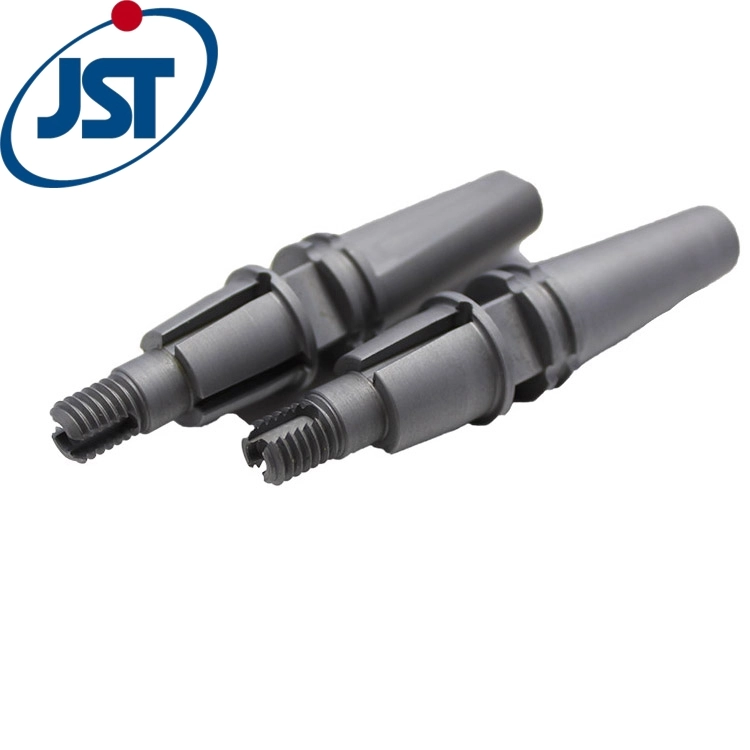
CATEGORY
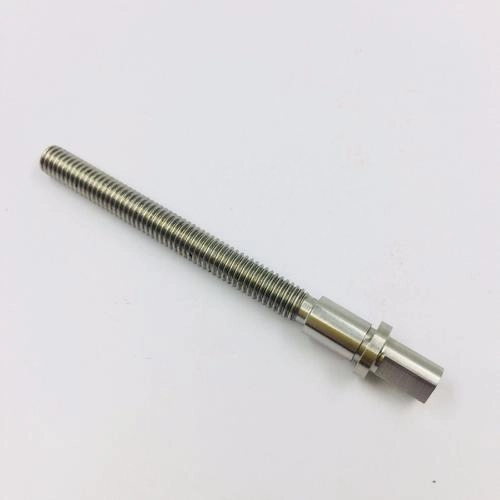
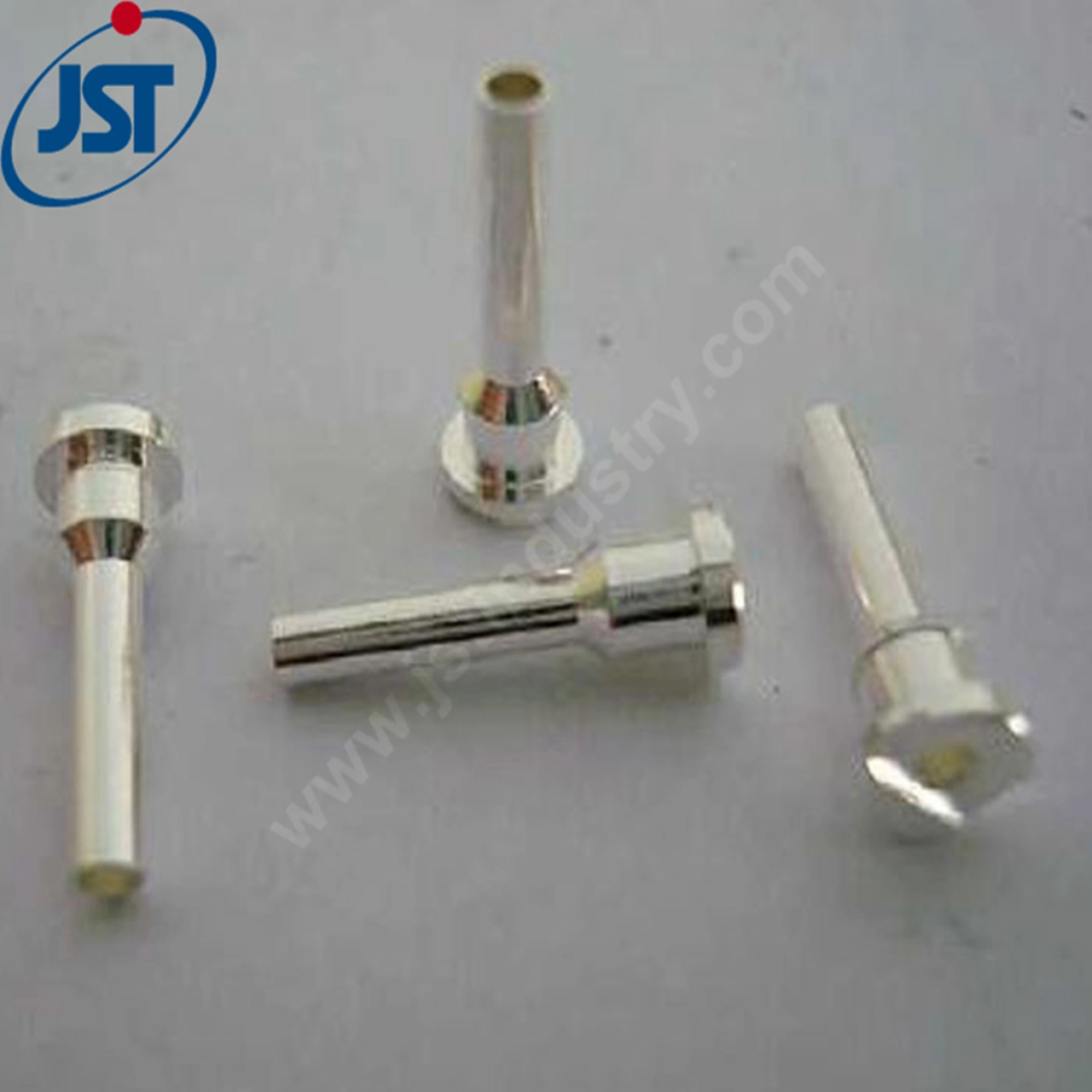
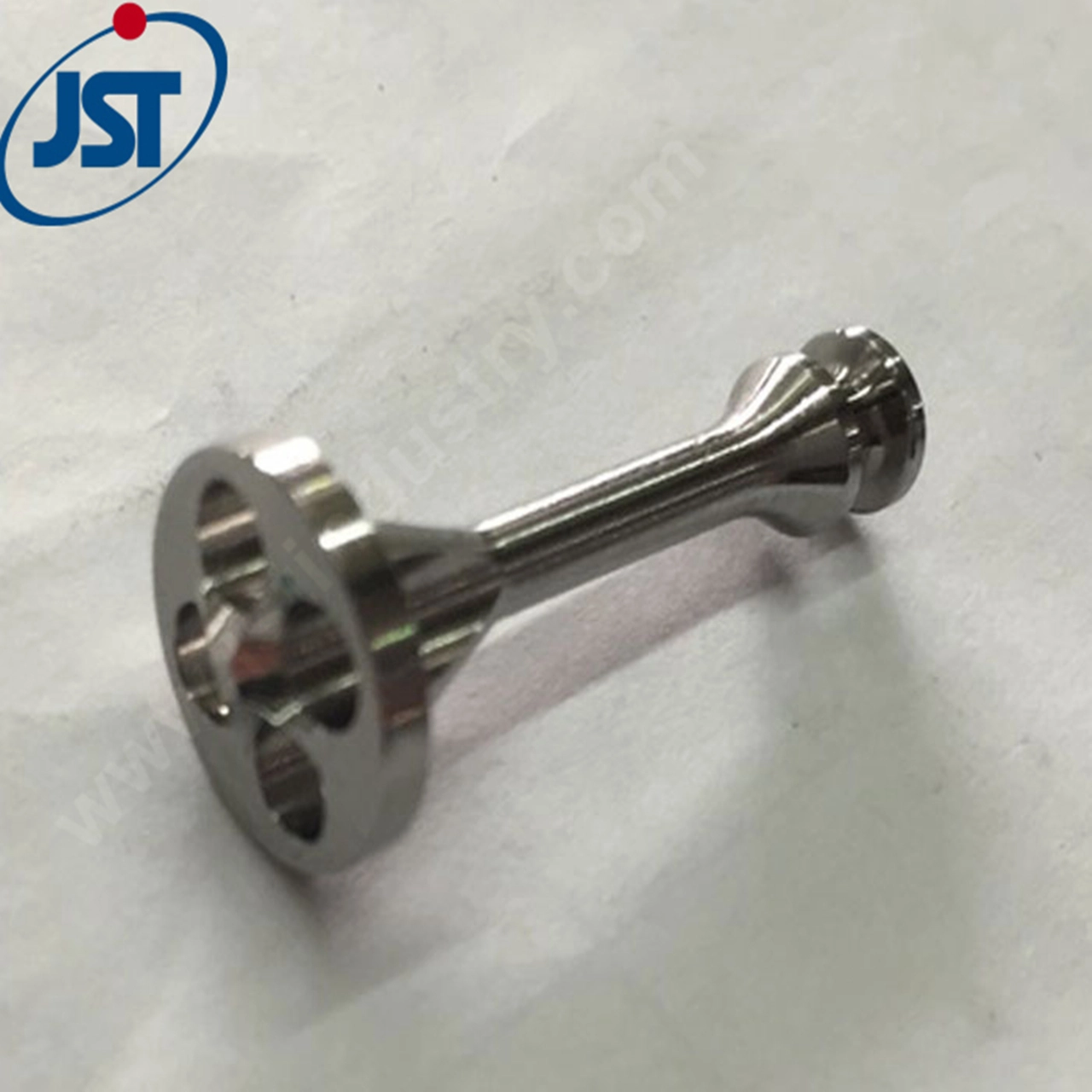
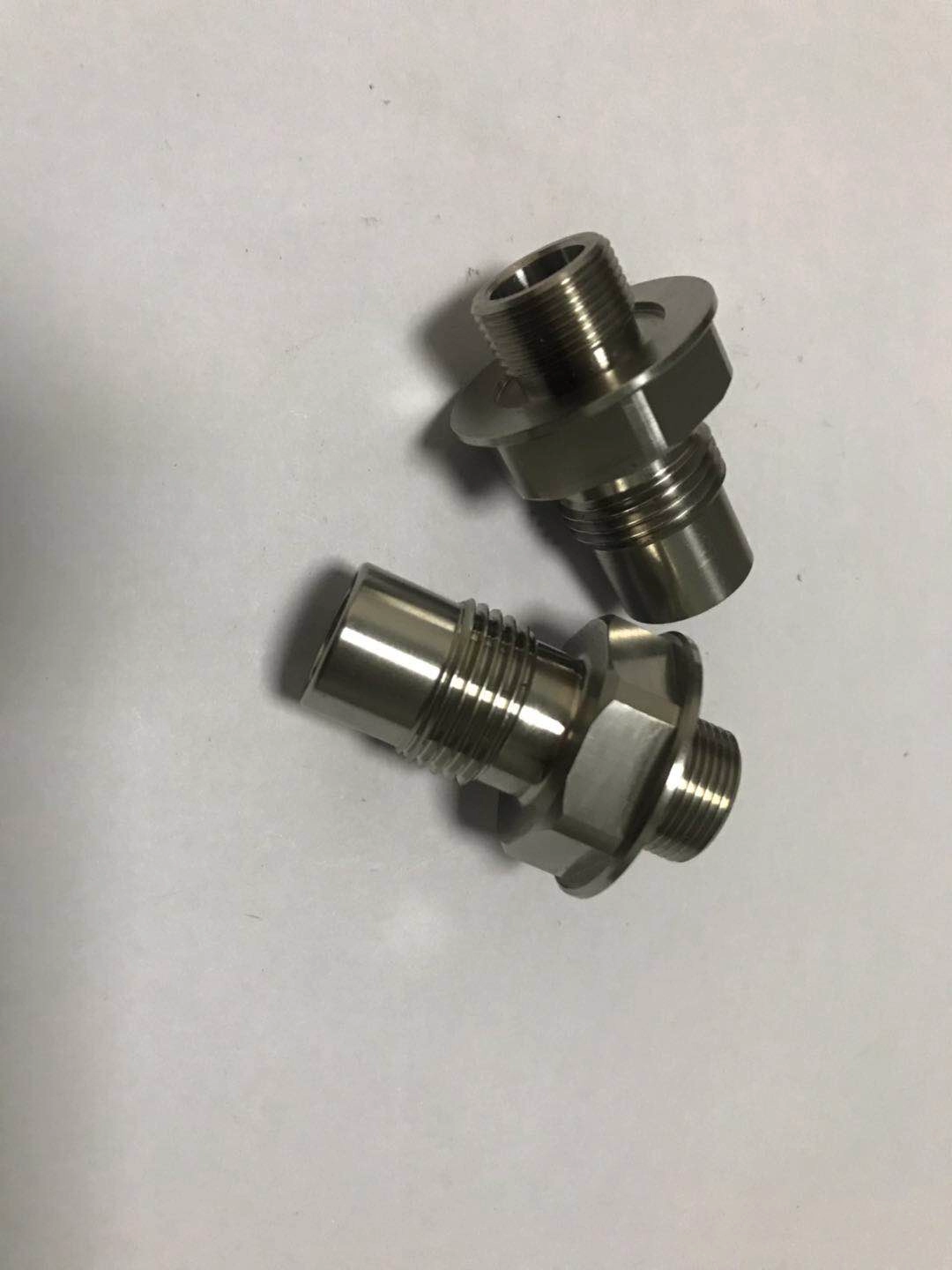



Swiss-Type Machining Parts——Engineered for Excellence
Swiss-Type Machining Parts refer to precision parts machined using Swiss-Type Lathes. Swiss-Type Lathes are precise, multifunctional machines that can do many complex tasks like turning, drilling, tapping, and milling in one setup. We typically use materials such as aluminum, brass, carbon steel, stainless steel, and plastic for these parts.
Besides, we can also perform common surface treatments on these precision customized Swiss-Type machined parts, such as galvanizing, nickel plating, chrome plating, painting, powder coating, heat treatment, etc.
Swiss-Type Machined Parts——Unique features
High Precision:
High precision is a typical feature of Swiss-type machined parts. It is particularly suitable for machining parts with a high L/D ratio, such as medical bone screws. This machining method involves the use of a sliding head frame, which holds the cutting tool and guide bushings to provide support for the cutting point, thus enabling high-precision machining.
Versatile Solutions:
In recent years, Significant progress has been made in the development of Swiss-type technology. This means that with this technology, we can increase efficiency and flexibility and extend capabilities. For example, some Swiss-type lathes are also equipped with a B-axis milling spindle. This effectively makes it a five-axis lathe with a sliding headstock. Secondly, some Swiss-type machines add programmable lasers for cutting, welding and engraving. This further enhances their versatility.
Durability:
Long-term reliability and durability are an important performance of Swiss-Type Machining Parts.
Efficient Machining:
Swiss-Type Machining Parts are very efficient and are particularly suitable for producing small batches of high-precision parts. Some machines are equipped with up to 52 tools, which can perform multiple machining operations simultaneously, greatly improving production efficiency.
Customization:
We will customize these parts according to the specific needs of our customers. Swiss-Type machines’ automation and multi-axis capabilities allow them to fulfill industry-specific and customer needs, offering specialized services.Customized Swiss-Type machining parts have high precision, versatility and small part processing capabilities. Most of these parts are used to manufacture various precision parts, such as micro sensors, precision connectors, electronic components and precision machinery.
Swiss-Type Machining Parts: Customized solutions in different fields
Swiss-Type Machining Parts are widely used. Swiss-Type Machining Parts are widely used to manufacture precision parts in medical devices, such as bone screws, surgical tools, etc.
In the aerospace field:
Swiss-Type Machining Parts are used to manufacture key components such as micro sensors and precision connectors. Engine parts, gearbox gears and other precision parts,in the automotive industry are all needed.
Customized Swiss-Type Machining Parts:
According to the drawings provided by the customer, we will develop personalized Swiss-Type Machining Parts. For example, one of our customers from AVIC, they customized Swiss-Type Machining Parts for optical equipment. We strictly control the roughness to Ra 0.8 and the tolerance to +/-0.01MM.
We have more than 100 different lathes with high production efficiency. JST has rich experience in manufacturing such Swiss-Type turning parts. So there is no need to worry about product quality and delivery time.
If you have any questions, please feel free to contact us.



